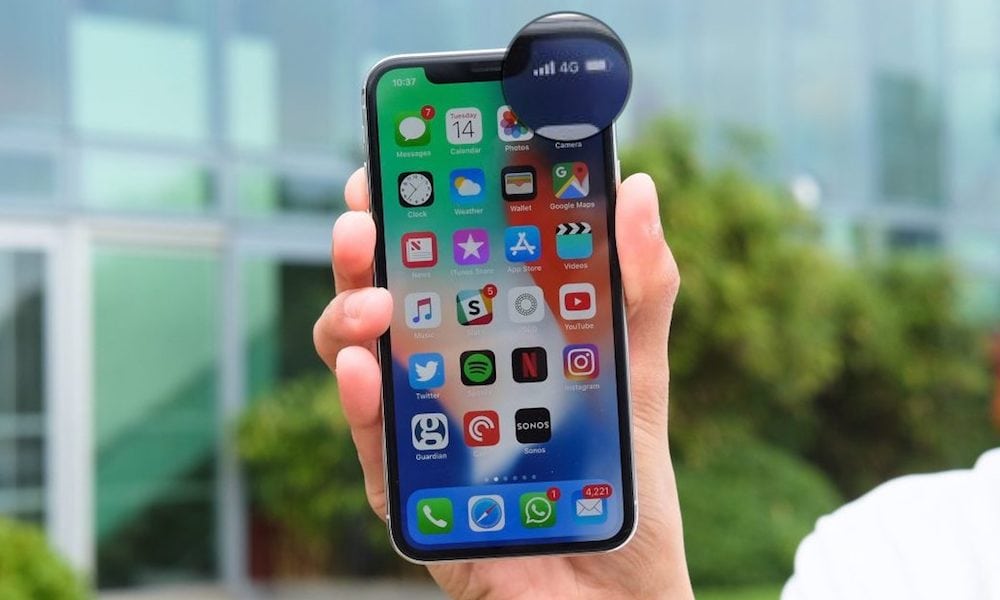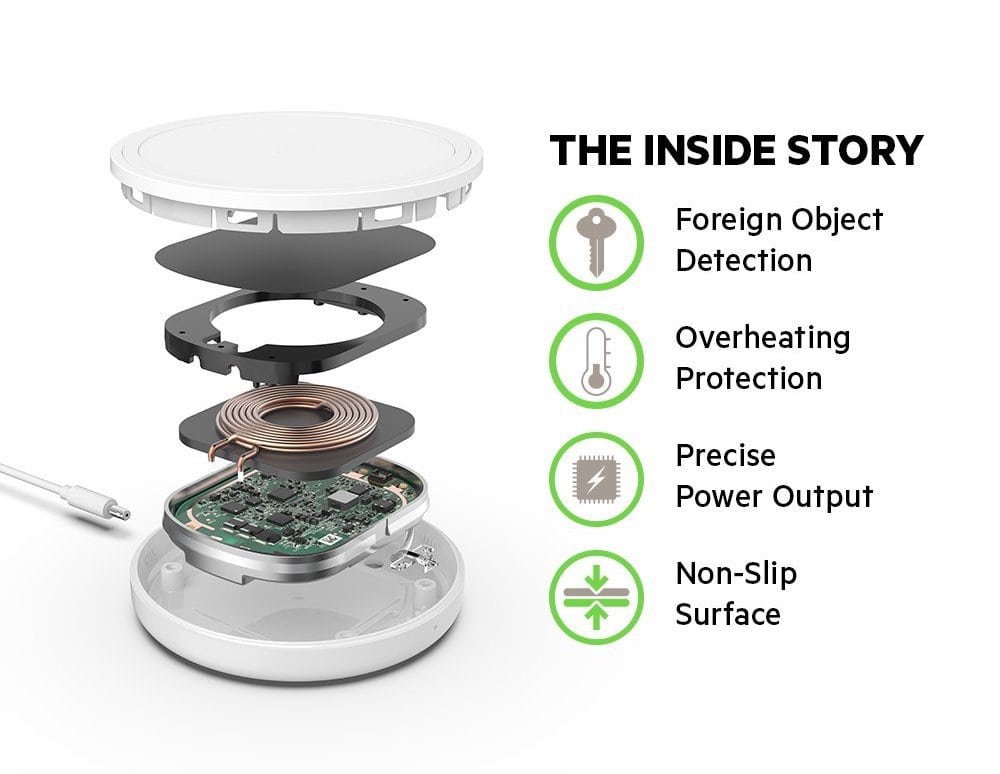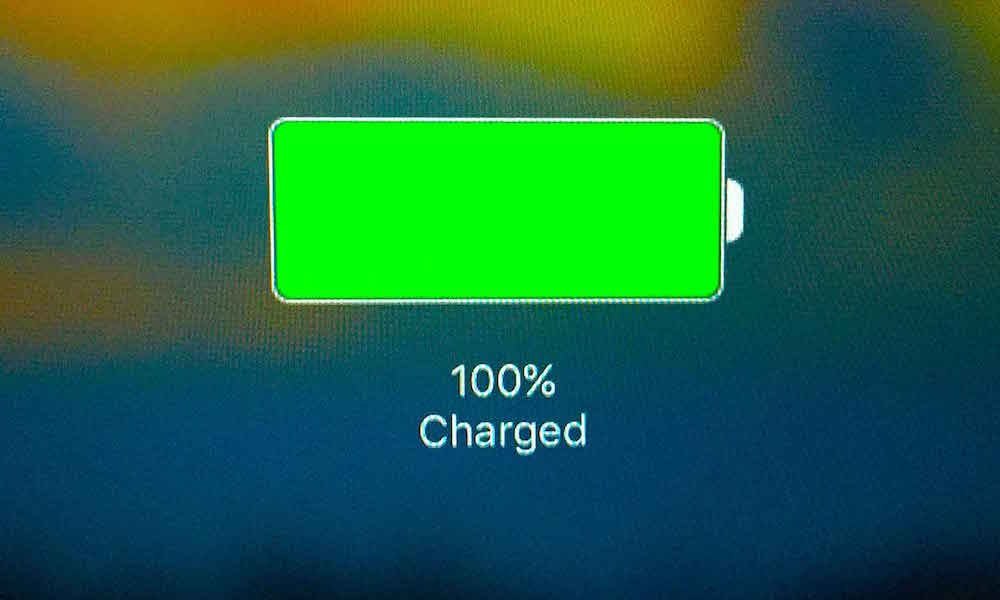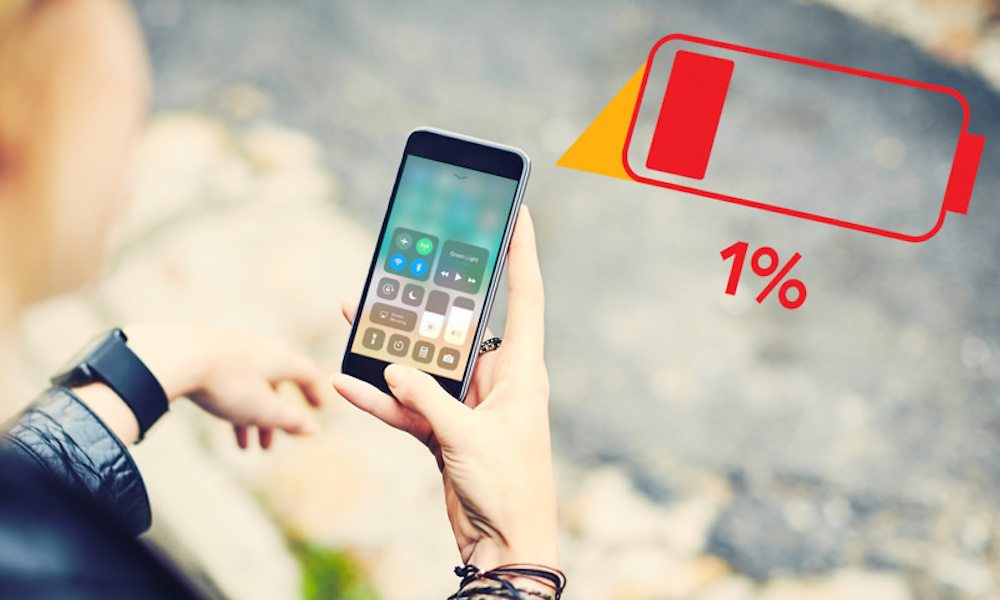6 Common iPhone Myths You Shouldn’t Believe
 Credit: Trusted Reviews
Credit: Trusted Reviews
It's common knowledge that you shouldn't believe everything you hear, and that fact is no different in the world of technology. While most tech myths have (or had) some grain of truth to them, most myths are based on older technology that no longer apply to modern day usage. Continue reading to learn about 6 common iPhone myths you shouldn't believe.
6 "You Should Never Use Third-Party Chargers"
Image via Belkin
Most people believe you should only charge your device with chargers produced by the manufacturer (e.g. Apple or Samsung). It’s true that you should avoid super cheap and shoddily manufactured chargers at all costs to reduce the risk of frying a device’s battery or having it burst into flames – but there’s a difference between knockoff chargers and third-party chargers. There are chargers made by reputable brands like Belkin or Xvida that work just as well and are totally reliable. Just be sure to purchase chargers at trustworthy electronics retailers online or in store.
5 "Private Browsing Is Totally Private"
Image via Unlockboot
Every web browser has private mode, which ensures that your browser will not record your browsing history so others can’t track it. But private browsing does not hide your web surfing record from your internet service provider and the sites themselves. It also doesn’t protect you from any law enforcement agencies that may be watching.
This also holds true for VPNs which may maintain their own record of your activity. When shopping for a VPN to help anonymize your web traffic, use one that doesn't log your website visits.
4 "You Shouldn’t Charge Your Battery Overnight"
Image via Shutterstock
This is a common and persistent myth: that leaving your smartphone plugged in overnight will somehow overload and damage your battery. Fortunately that’s not the case. Manufacturers have designed the lithium ion batteries in your smartphones so that they know when they’ve been fully charged and will block or slowdown the incoming current. Otherwise you’d be replacing your batteries and smartphones much more frequently.
3 "More Bars Definitely Means Better Reception"
Image via Trusted Reviews
It’s understandable that most people see more signal bars on their smartphone and think that their reception just got stronger and the likelihood of their call being dropped got lower. And in most cases, that’s true. But the network bars at the top of your smartphone screen don’t always indicate signal strength. In fact, in some cases they indicate your proximity to the nearest cell tower. While that likely indicates that your signal is stronger, it’s also possible that there are many others in your area that are connecting to that same tower. In other words, it's difficult to tell the true quality of your connection.
2 "You Need to Fully Deplete Your Battery Before Charging"
Image via Which?
The idea that you should completely drain your battery before recharging it actually applies to older nickel-cadmium and nickel-metal hydride batteries, which have fallen into disuse.
On the other hand, lithium-ion batteries, which are ubiquitous in consumer electronics, actually last the longest when you recharge them and keep them at between 40 and 80 percent. In fact, if you keep lithium-ion batteries at zero for too long, you run the risk of seriously damaging them. Another way to prolong your lithium-ion battery’s life is to keep it in cool temperatures.
1 "Better Cameras Always Have More Megapixels"
Image via Apple
The idea that more megapixels is better in a camera is a myth that has been spread by marketers for spec-hungry buyers. Megapixels tell you how sensitive your camera’s sensor is and matter if you’re trying to print physical copies (more pixels per inch mean more detailed prints). But more megapixels can also just give you poor photos that are composed of more pixels.
For sharp and vibrant photos, it’s far more important to have a good lens, light sensor, and image processing software. It means that smartphone cameras with fewer megapixels might give you better photos, which is the case more often than you might think.



